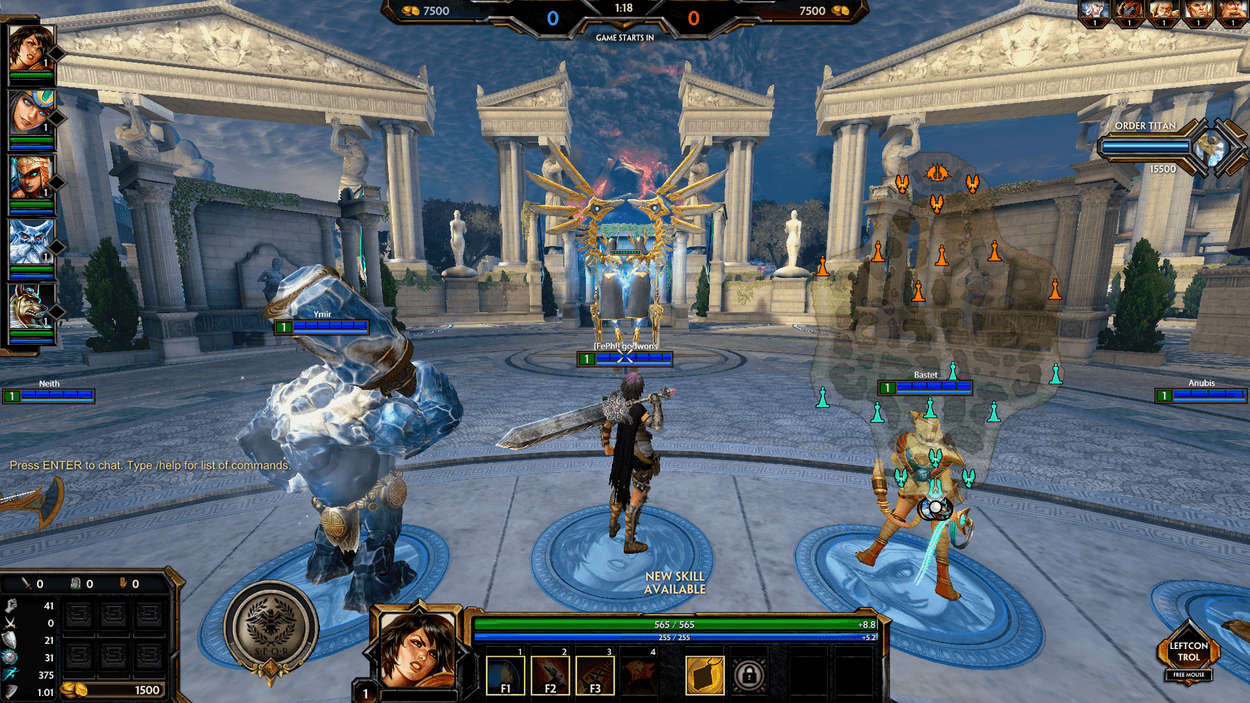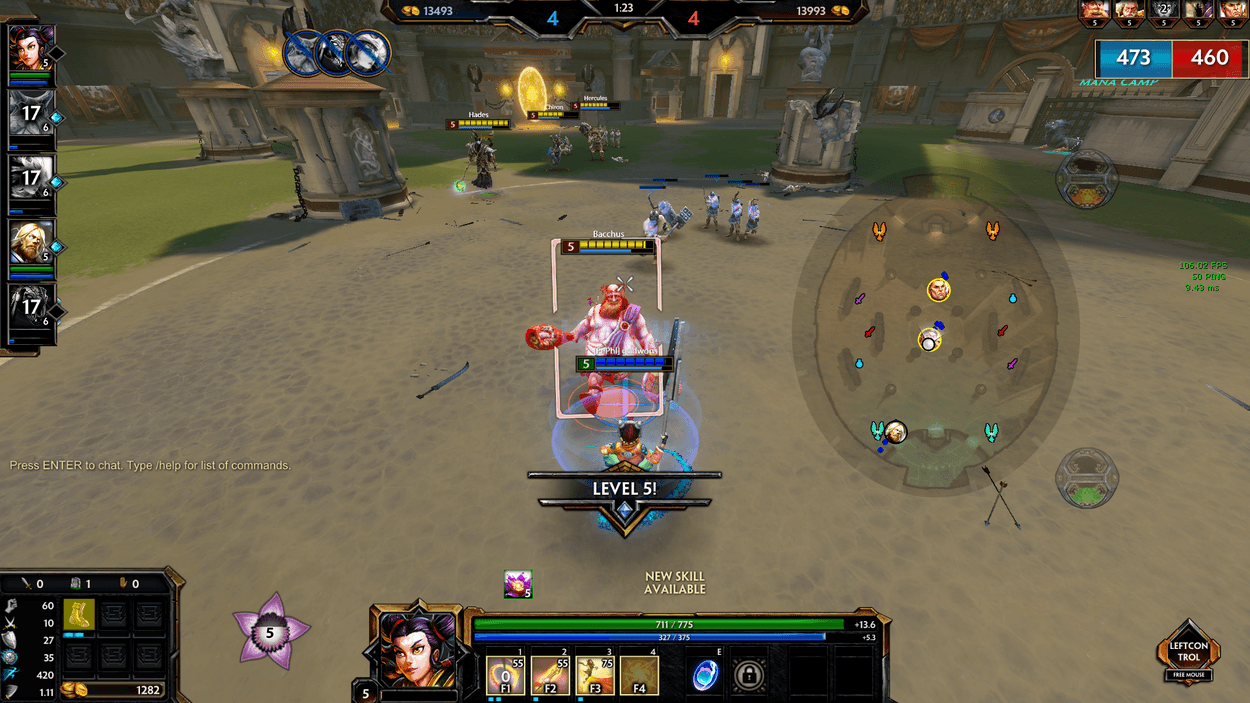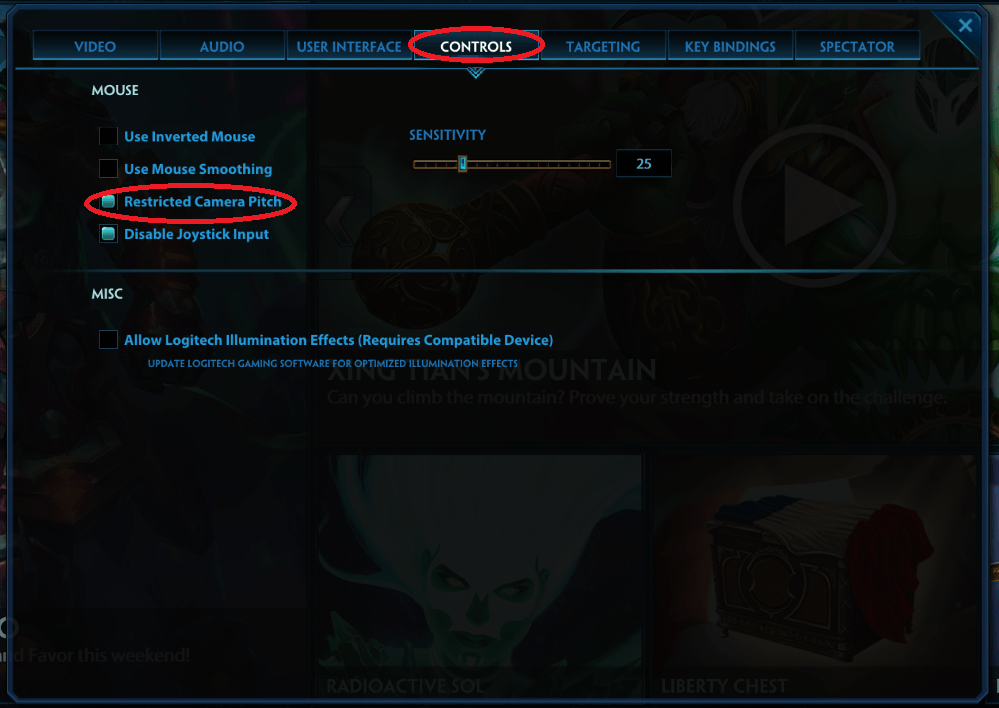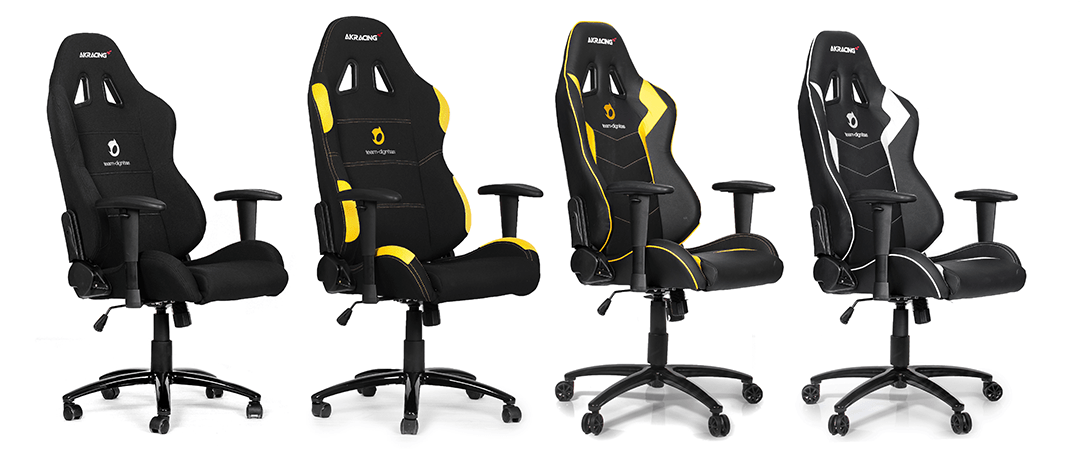Adjusting your SMITE Settings: How your Settings can give you an Edge
Some settings in SMITE can give you an advantage. Here is some ways to adjust them in order to give you an edge.
Some settings in SMITE can give you an advantage. Here is some ways to adjust them in order to give you an edge.
The settings in SMITE can seem at first glance to be a relatively unimpactful part of playing the game. While this may be true, changing around your settings does not affect stats in game directly, it can be useful in maximizing farm and not being distracted from whatever things you may be trying to accomplish. These are some helpful tips to help you use your settings in a way to improve your game, no matter what role you are playing.
The HUD, or Heads-Up Display, is essentially the stuff on your screen. The mini map, your health and mana bars, everything that appears on your screen can be manipulated and put into spots that are more comfortable to you. This can, unfortunately, only be done in-match, so be careful not to idle to long making changes, or you could be kicked for standing still too long, even from practice game modes.
The biggest thing to change is the mini map. In the HUD editor, you can adjust size and opacity. I, personally, have opted for the largest mini map possible, and a much lower opacity that default. This means that I do not have to move my eyes as far to see what is going on globally, allowing more focus to be put on the mini map without compromising what is happening right in front of me. By paying more attention to the mini map, you can get more information about the state of the game. You can more easily see when enemies are passing over wards, where your wave is, and by extension where the enemy creep waves are, and just in general have more of a knowledge about the game. The opacity adjustment is also critical because otherwise what you are actually seeing would be compromised.

Practically speaking, this is great for rotating, as it is easy to see the routing paths through the jungle. It also helps you see when it is worth rotating and where to rotate to. From a solo lane perspective, wave clear is very quick starting around level 8 at the latest. This means that you can immediately shift attention to other areas of the map, helping your team out as much as you can throughout the early and mid-game, when you are rotating from your lane and before the team fighting phase starts in full. The ganks on mid lane and objective secure are some of the most important part of the game for a solo laner at this point in the game, and a larger mini map allows you to be more aware of how to be effective on your rotations, or if it is even worth rotating and potentially losing farm. This decision making is helped by having more information readily available, and changing your mini map can help this.
While not directly related to the HUD, changing some visual settings can also help you get more information and generally be helpful. In my personal setting, under the User Interface tab, I play using colorblind correction mode, as it makes the enemy’s health bars yellow instead of red. This makes it easier for me to see the black lines that appear between each 100 health on the enemy bar. By knowing how much health the enemy has, I can decide whether to commit or not, as I will know approximately how much damage my abilities do. If I see a Scylla in the mid lane with 400 health left, I will know that is how much damage I would need to be able to put out before her escape. If I can’t do enough damage to burst down and get a kill with coordination from my mid laner, I will know to look for farm elsewhere. This information is only useful if you are keeping track of around how much damage you are capable of putting out, which isn’t that hard in solo lane, where you are constantly poking and hitting your opponent, but from the jungle could be a little harder. Taking note of how much you deal to jungle camps can be helpful in keeping a benchmark, but the only real way to get a comfortable feel for how much burst you have is to put the hours into the character. A large degree of comfort is required for you to be able to remember not only how much damage you can do, but to what targets you are doing them. Bursting down a Scylla or Chronos’ early on in the game is a lot easier than a Zhong Kui with a full passive. This is why high crowd control junglers like Thor and Hun Batz are always going to be viable characters.

One other thing that is hotly contested in my conversations with other players is the validity of restricted camera pitch. This setting is found in the controls section in settings, and is impossible to say whether or not it is always useful. The two things I take into account about this setting is what god I am playing and what gods I am playing against. If I am against a god that goes high in the sky, I will generally turn off restricted camera pitch in order to see them and where they are facing so that I have more reaction time. I will generally keep off restricted pitch, but if I am playing a god with a longer range ability like Chronos’ Time Rift, He Bo’s Waterspout or Ullr’s Hail of Arrows, I will restrict my camera pitch, as often times the character model will be in the way of actually being able to see where I am aiming my ability. This is also the reason that the He Bro He Bo skin was SPL legal before most skins were made legal, because the shorter model made the Waterspout easier to hit, giving it a competitive viability.

Conclusion
The most important thing about any setting or HUD change is to promote comfort and easy of play. These are the settings that I use personally, and I believe give me an advantage over other people using default settings. While this configuration works wonders for me, using what you find personally comfortable will always be the best option. Getting used to new things can add fun to the game, so it can be worth changing things up if you are looking to experiment with settings.
Get your own AKRacing Chair here and support our players, all profit goes towards the teams!
